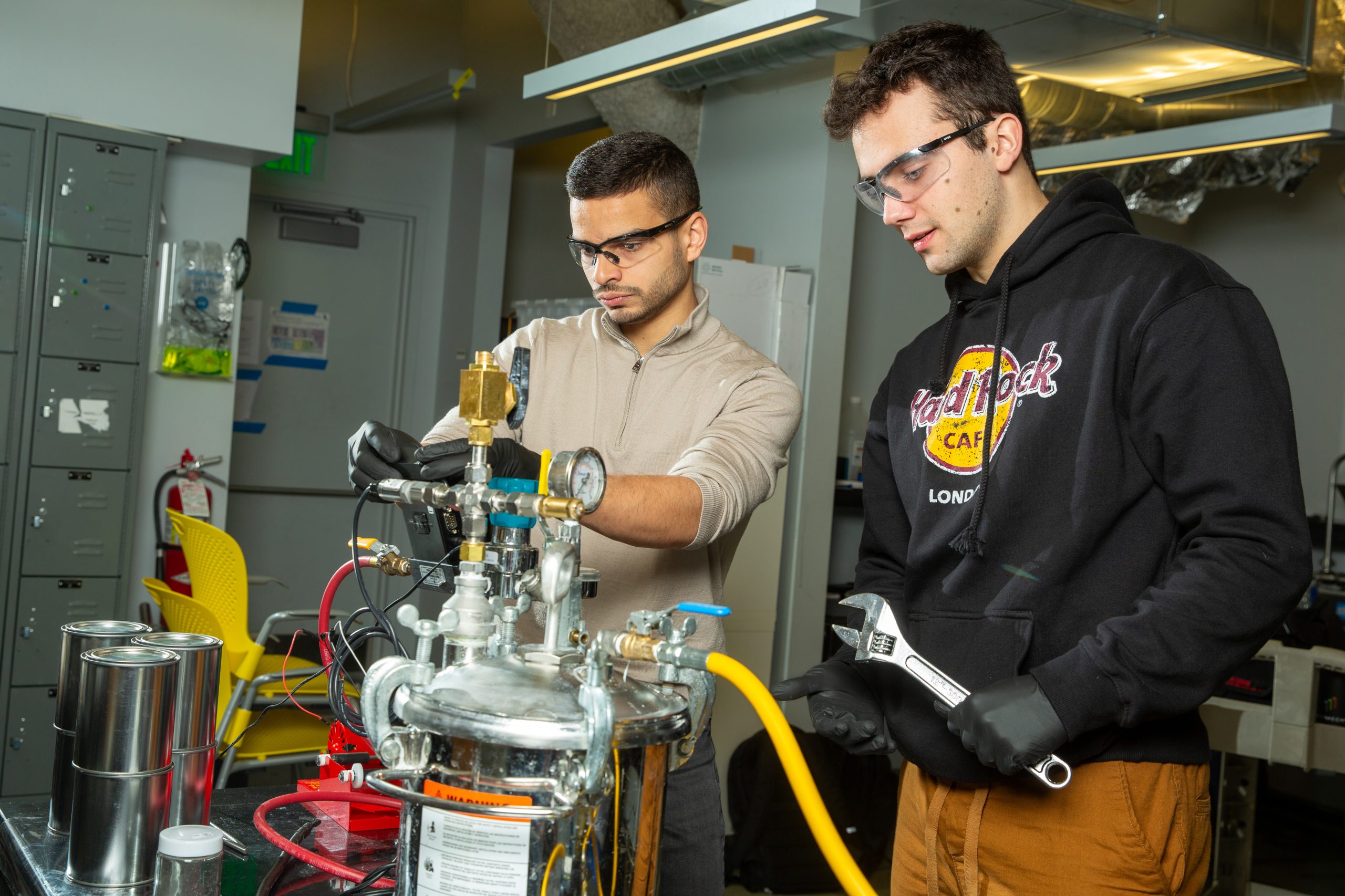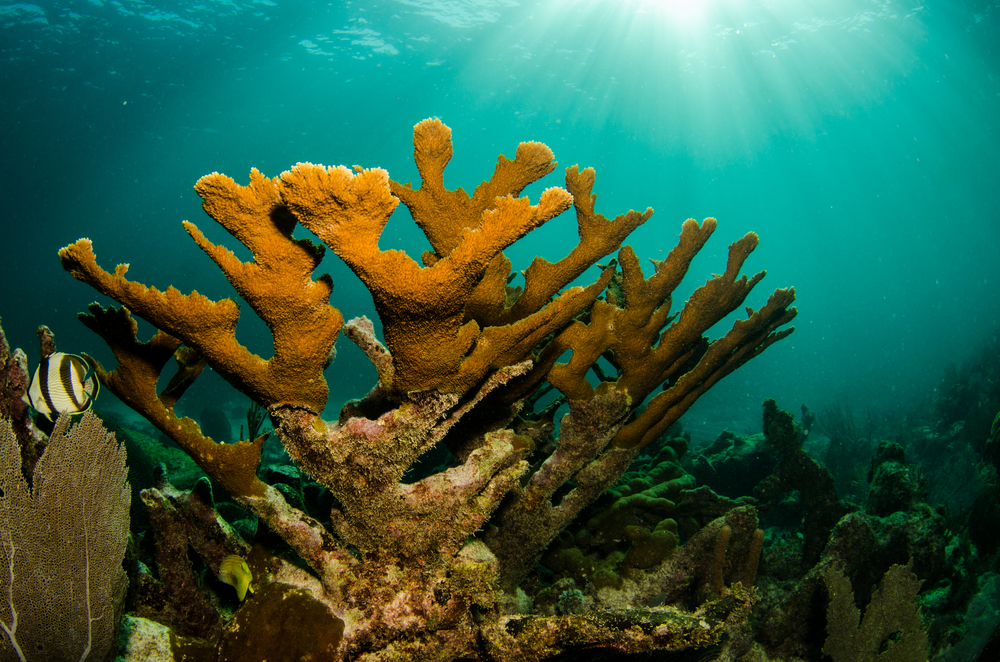Warmer waters off the California coast are encouraging more great white sharks to visit the shores, leaving marine biologists scrambling to understand the shifting behavior and protect both sharks and beachgoers.
To help solve the dilemma, Douglas J. McCauley, marine biology professor and director of the Benioff Ocean Initiative at UC Santa Barbara, turned to artificial intelligence. His lab’s new AI system, called SharkEye, uses a drone to scan large areas of the California coast and then sends out alert texts to a chain of 36 critical responders when a great white is spotted. These 36 people include lifeguards, surf camp instructors, and beachside homeowners. The technology is currently being tested on Santa Barbara’s local Padaro Beach.
According to McCauley, the lab is working on expanding their alert systems and even potentially creating a daily “shark report” modeled after surf reports. The lab’s marine biologists are also working with AI researchers from Salesforce and computer scientists at San Diego State University to create the alert system.
In addition to altering beachgoers, the drone footage is also used to recognize great white sharks based on size and approximate age to gain insights into the population’s behavior. Combining this data with water temperature information could help researchers anticipate shark movement and migration.
Despite the increase in shark sightings, there has been no increase in shark attacks, which are still highly uncommon on the California coast. Although sharks aren’t going to change their behavior, more data on their shifting movement could make beach visitors feel safer and reduce the frequency of human and shark interactions.












